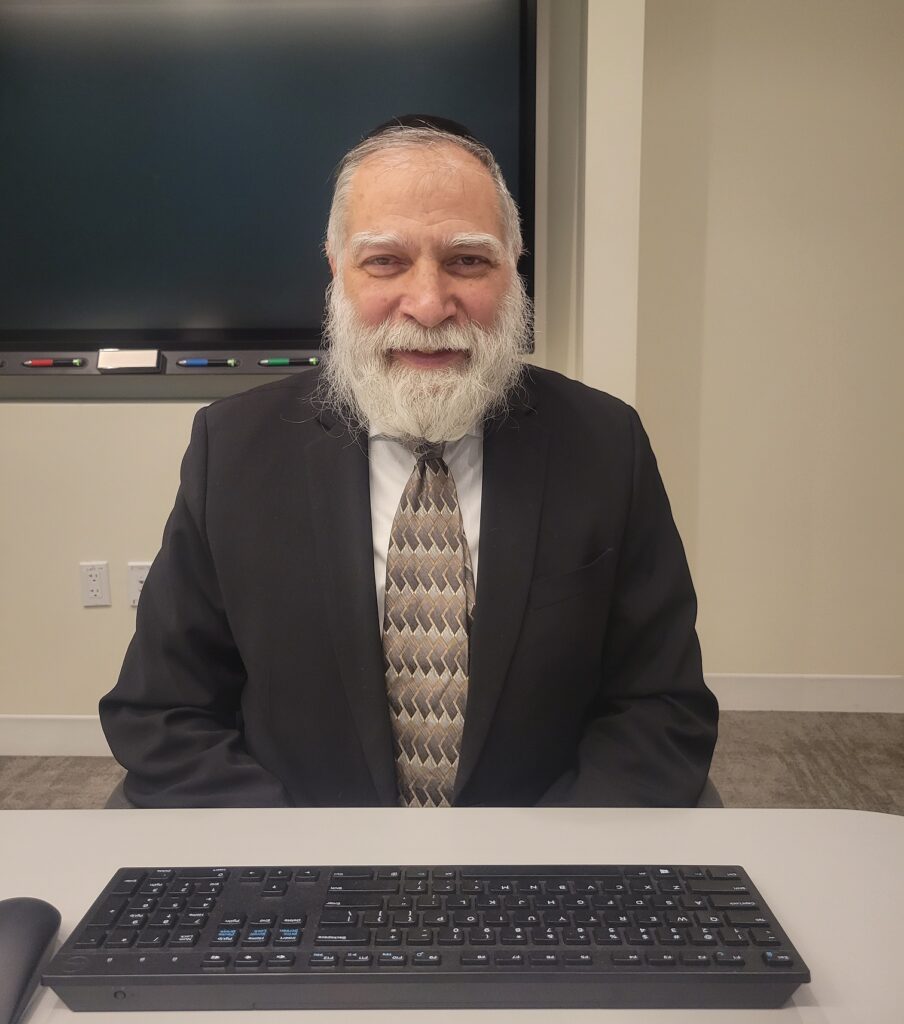Celebrating Jewish Heritage Month
In September 1654, the first Jewish refugees migrating to North America found a home in present-day New York after fleeing the oppression of the Inquisition.
Today, Jewish Heritage Month is celebrated every May, to honor those 23 refugees as well as the many contributions of generations of Jewish Americans.
At least 11 NYCHA developments have been named after prominent Jewish figures who were instrumental in the fight for public housing and the provision of housing in general for New Yorkers. (See below to learn more about these influential figures.)
Fifty years ago, the Jewish Employee Organization (Batei Tsibur) was founded at NYCHA to support Jewish employees and to give voice to the concerns of Jewish civil servants in wider discussions about diversity and inclusion in government. “Batei tsibur” is a Hebrew phrase that means “public housing.”
“The mission of the Jewish Employee Organization at NYCHA is to introduce and strengthen Jewish culture among its members, to create an environment of harmony among different cultures and faiths, and to encourage acts of human kindness and goodness,” said Daniel Mahpour, President of Batei Tsibur.
Batei Tsibur organizes volunteer opportunities for civil servants as well as educational discussions and social activities, including on Jewish holidays and other important events, cultural literacy, Jewish customs, and the Hebrew language. It also hosts walking tours of various sites and neighborhoods in New York City that are of interest to the Jewish community.
Membership is open to all NYCHA employees who are interested in the organization’s purpose and mission. To join, please contact Daniel Mahpour (212-306-8167), Daniel Kiss (718-218-1370), or Saul Mackler (212-306-8802).

NYCHA developments named after Jewish Americans:
Bernard Baruch was an investor and statesman known as the “Park Bench Statesman” because he liked to meet with officials on a park bench in Washington’s Lafayette Park. He was an economic advisor during both World War I and II and a confidant to six presidents. Baruch Houses is in Lower Manhattan.
Samuel Gompers was an Englishman who moved to the United States in 1836. He was a cigar maker who went on to become a major figure in the American labor movement. He founded a labor group that eventually became the American Federation of Labor. Gompers Houses is on the Lower East Side.
Bernard Haber was a New York State Assemblyman who represented Brooklyn’s 16th District. He was an attorney and a World War II Air Force veteran who was also active in local veteran, civic, and fraternal organizations. Haber Houses is in Coney Island.
Stanley Isaacs served as Manhattan Borough President under Mayor La Guardia and later served in the City Council for 20 years, where he was the minority leader. As President of United Neighborhood Houses, Mr. Isaacs led the campaign to amend the City’s multiple dwelling laws and fought for decent housing for families living in squalor. Isaacs Houses is on the Upper East Side.
Fiorello La Guardia was New York City’s 99th Mayor and creator of the New York City Housing Authority. He worked closely with President Franklin Roosevelt to secure federal subsidies for transportation, parks, public housing, bridges, schools, and hospitals. He interrupted his career as a Congressman to serve as a pilot during World War I. La Guardia Houses is on the Lower East Side.
Herbert Henry Lehman served as Lieutenant Governor of New York (1929-1932) then became Governor of New York State (1933-1942). He later served as a Senator in the U.S. Senate (1949-1957). As Governor of New York, he joined Mayor La Guardia and First Lady Eleanor Roosevelt for the ribbon-cutting of First Houses, the nation’s first public housing development. Lehman Houses is in Manhattan.
Max Meltzer was a lawyer and a community leader known on the Lower East Side as the “Champion of the People.” He was particularly active in the field of housing and community development. Meltzer Tower, a seniors-only development, is on the Lower East Side.
Nathan Straus was the co-owner of the R. H. Macy & Co. department store in Manhattan and Abraham & Straus in Brooklyn. Mr. Straus also served as New York City Parks Commissioner from 1889 to 1893 and was a NYCHA Board Member from 1936 to 1937. He was also a philanthropist whose activities included maintaining a system of lodging houses and relief stations for the distribution of coal and food to the poor in New York City. Straus Houses is in Manhattan.
Baruch Charney Vladeck was a member of the original NYCHA Board. He was also one of the founders of the Jewish Labor Committee, which provided Jewish presence in the American Trade Union movement and mobilized labor in the struggle against fascism. Vladeck Houses is on the Lower East Side.
Lillian Wald helped establish the nation’s public health nursing service and was the founder of the Henry Street Settlement, which brought nursing care to the Lower East Side. She was a leader in the fight to abolish child labor and helped foster the creation of the Children’s Bureau in 1912. Wald Houses is on the Lower East Side.
Stephen Wise was one of the most prominent rabbis in America’s Reform Judaism movement. He encouraged the creation of a World Jewish Congress to help fight Nazism. Wise Towers is on the Upper West Side.







